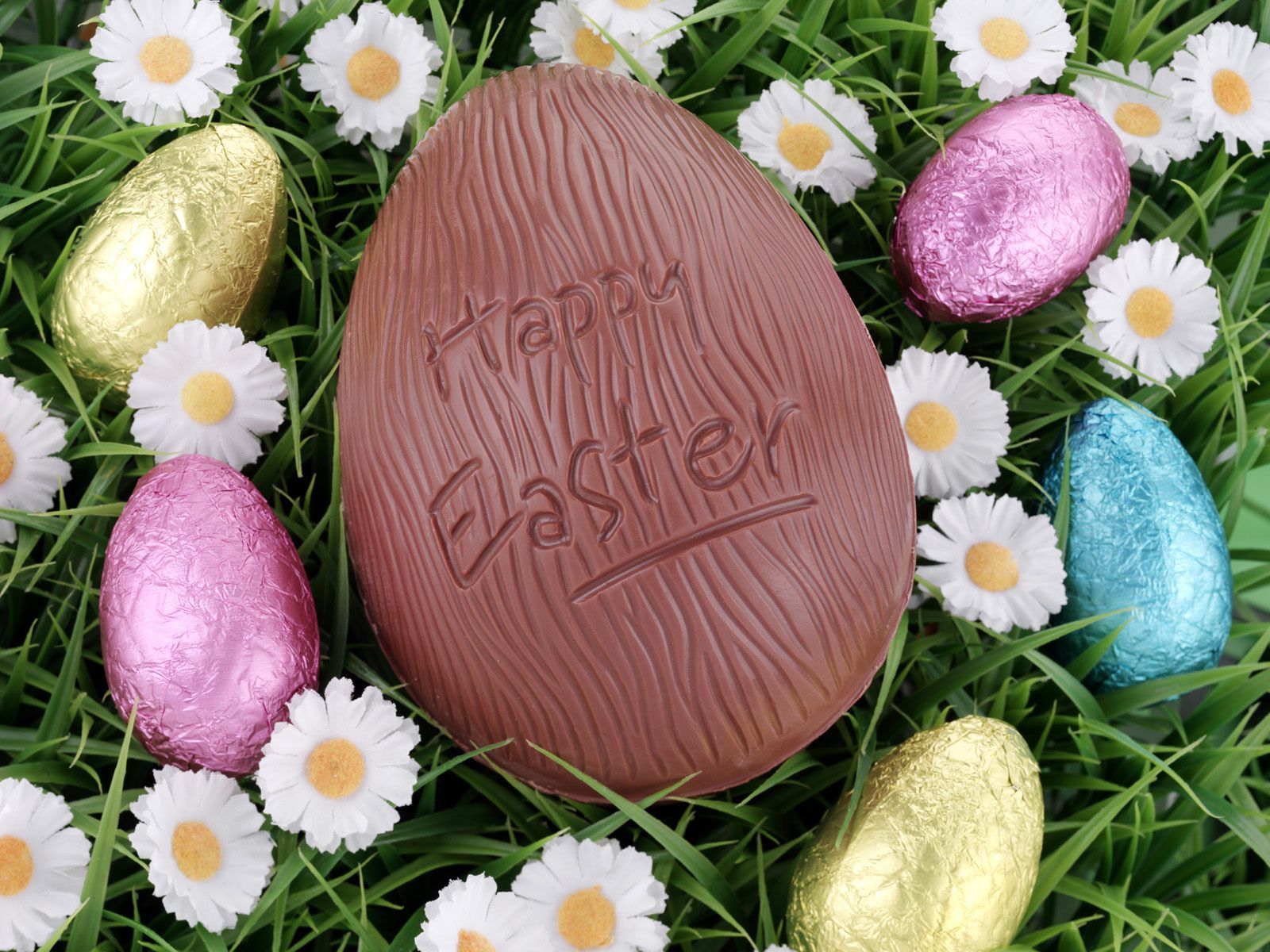Festively marked by the arrival of the Pillsbury holiday cookies and the brief respite from classes, Easter came and went this past weekend. Last Sunday, the Easter bunny left its brightly painted chocolate and money filled eggs for children to find in their baskets and on their Easter egg hunts. But if Easter is a commemoration of the crucifixion and subsequent resurrection of Jesus Christ, what does an egg-laying rabbit have to do with it? Why would we even want eggs laid by a rabbit anyway? Is there a lucrative rabbit egg industry out there? Like Tevye from Fiddler on the Roof, you may ask, “How did this tradition start?” I’ll tell you.
Easter:
As with other Christian holiday traditions, many of the Easter customs have a non-Christian origin. The Greek word for Easter, pascha, originates from the Hebrew word for Passover, pesach, indicating the link with the Jewish commemoration of the Exodus from Egypt. The English word Easter is widely accepted to come from the name Eostra, the Teutonic goddess of fertility, which itself is derived from the ancient word for spring. The spring Equinox was central to a number of fertility celebrations commemorating resurrection in the Mediterranean, as spring is a time of renewed life. Ancient Christian missionaries took aspects of Pagan traditions and stories pertaining to these celebrations and incorporated them into Christianity.
The Easter Bunny:
In keeping with the popular idiom “breed like rabbits,” rabbits and hares were commonly associated with fertility because of their high rates of reproduction as far back as the 13th century. As such, Eostra came to be symbolized by a hare. The earliest published reference to the actual Easter Bunny was made in 1682 by Georg Franck von Frankenau’s De ovis paschalibus (About Easter Eggs). The custom is believed to have originated in the German Alsace, where the Easter Hare delivered eggs on the holiday. In the 1700s, German immigrants brought the tradition to the United States. During holidays, children were instructed to make nests for the Easter bunny, which would leave them multicoloured eggs if they had been good.
Easter Eggs:
Like rabbits, eggs are also symbols of fertility and were central symbols of new life and rebirth in springtime festivals. Both birds and hares have many offspring at the onset of spring, and became symbols of rising fertility at the March Equinox. The book Festivals and Celebrations, attributes the beginning of the Easter egg tradition to the Christians of Mesopotamia who exchanged dyed eggs. The egg came to represent Jesus’ resurrection, with a cracked egg symbolizing his empty tomb.
Eggs, among other objects, were forbidden during the 40 days of penance leading up to Easter, and the tradition of painting Easter eggs marked the end of Lent and the start of the celebration. The colour of the Easter eggs traditionally symbolized different interpretations of spring. The Greek colour their eggs red to symbolize blood, the renewal of life, and the sacrifice of Christ. The pastel colours are thought to be representative of hope and luck, while other eggs are painted green for the foliage growth that takes place during the springtime.
If you were celebrating this past weekend, I hope you had a happy Easter. For those who didn’t, I hope you take advantage of all the Easter candy that just went on sale. Regardless of Easter’s origins, nothing could be sweeter.









